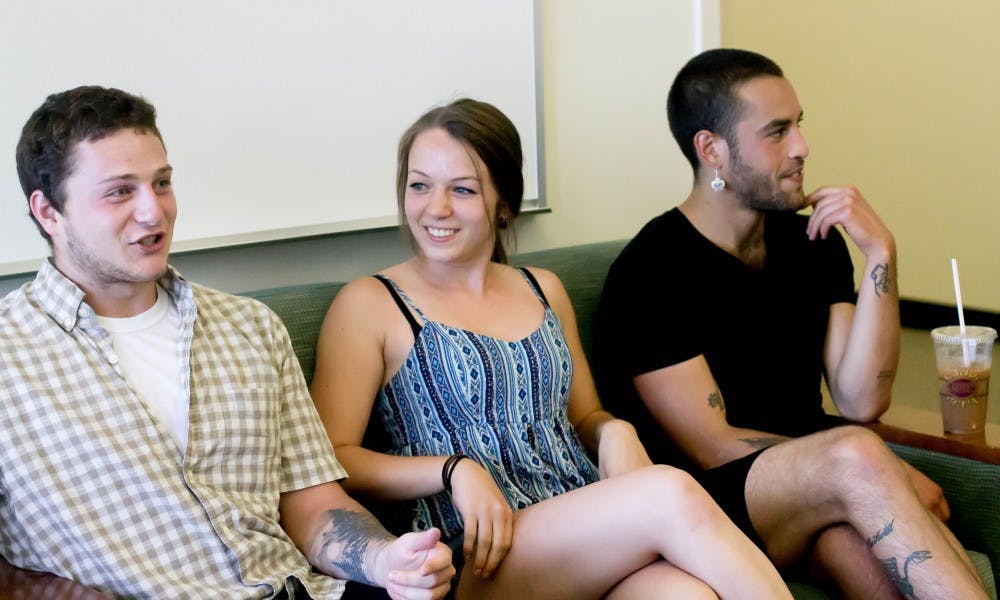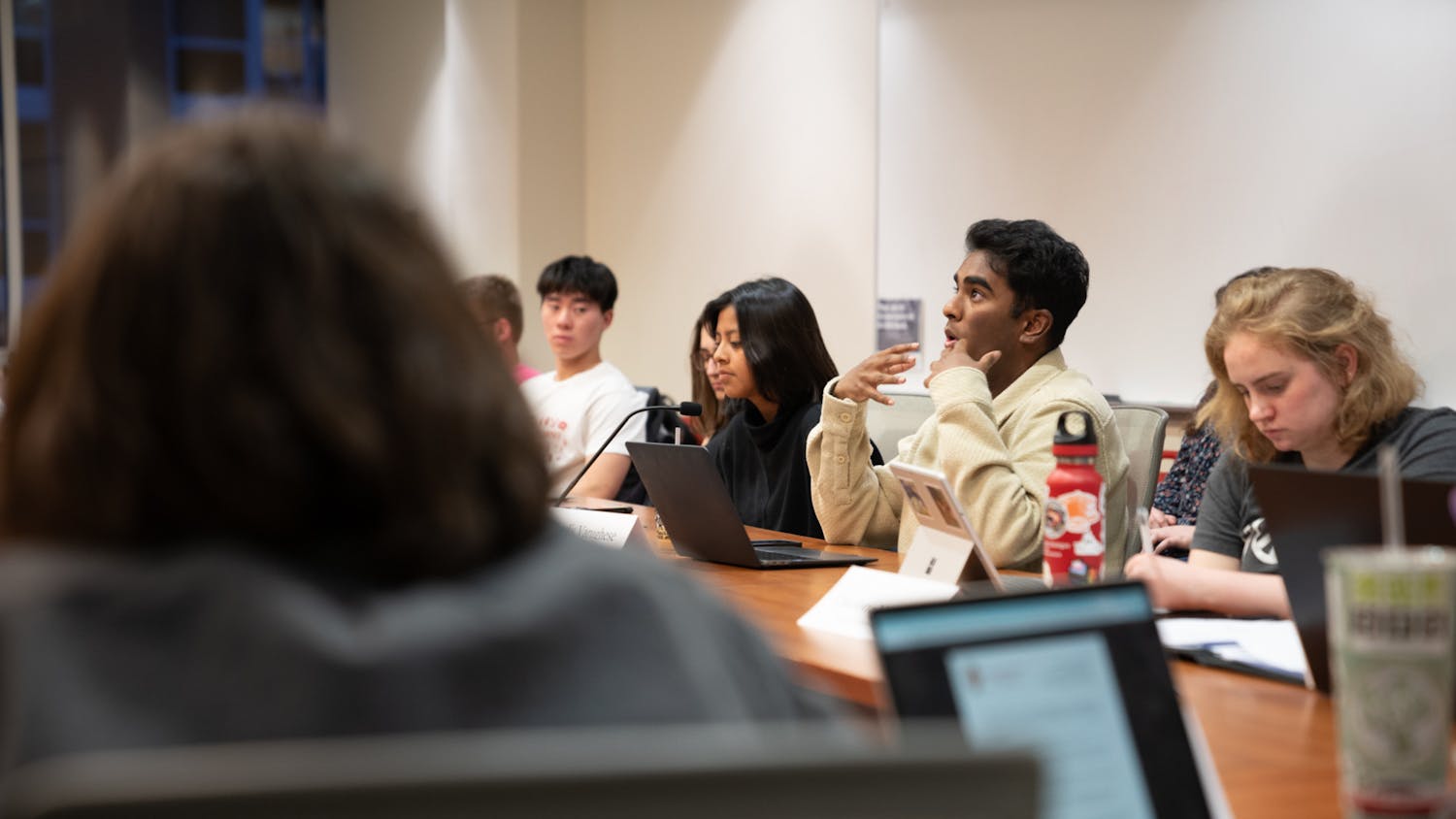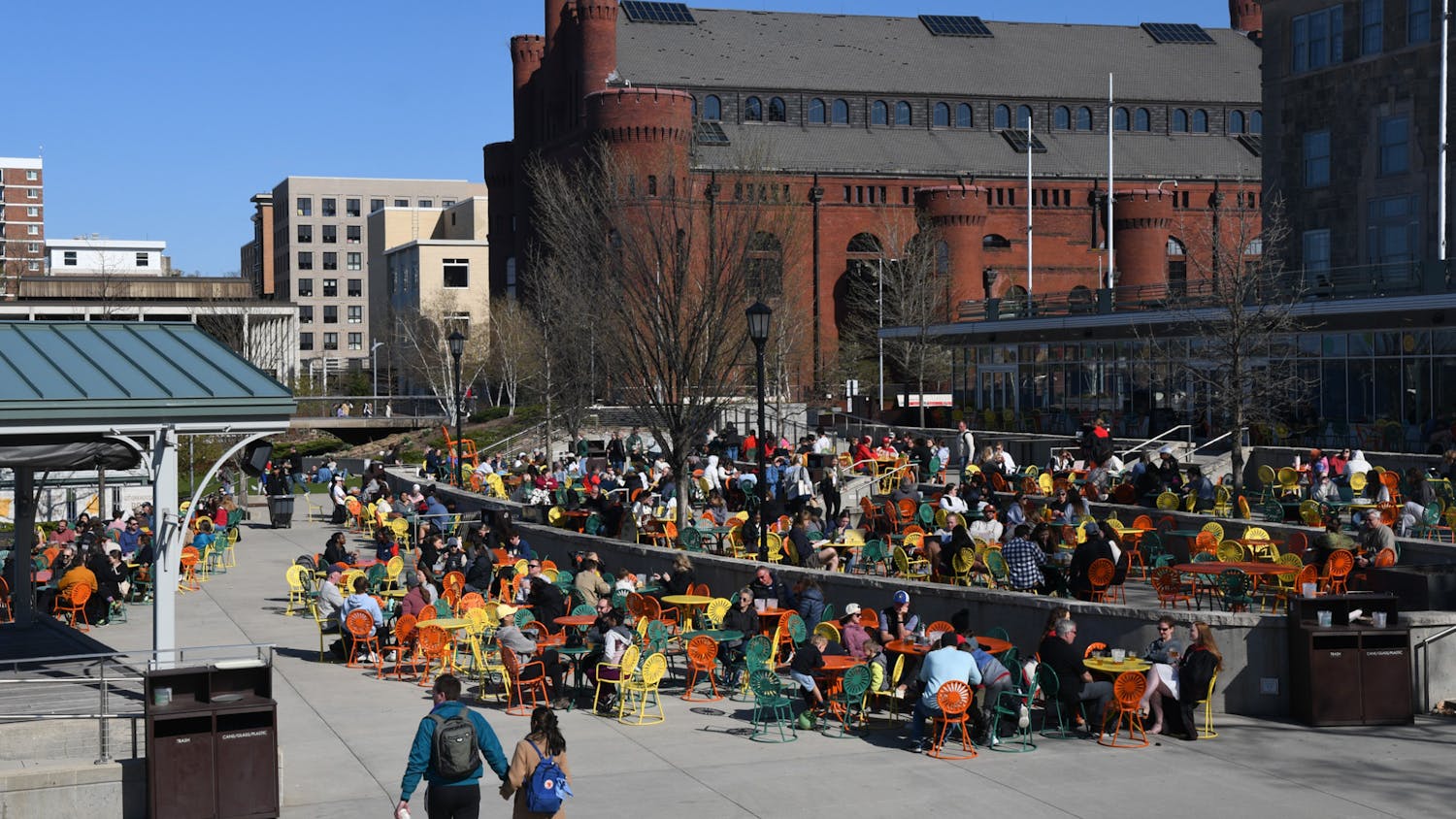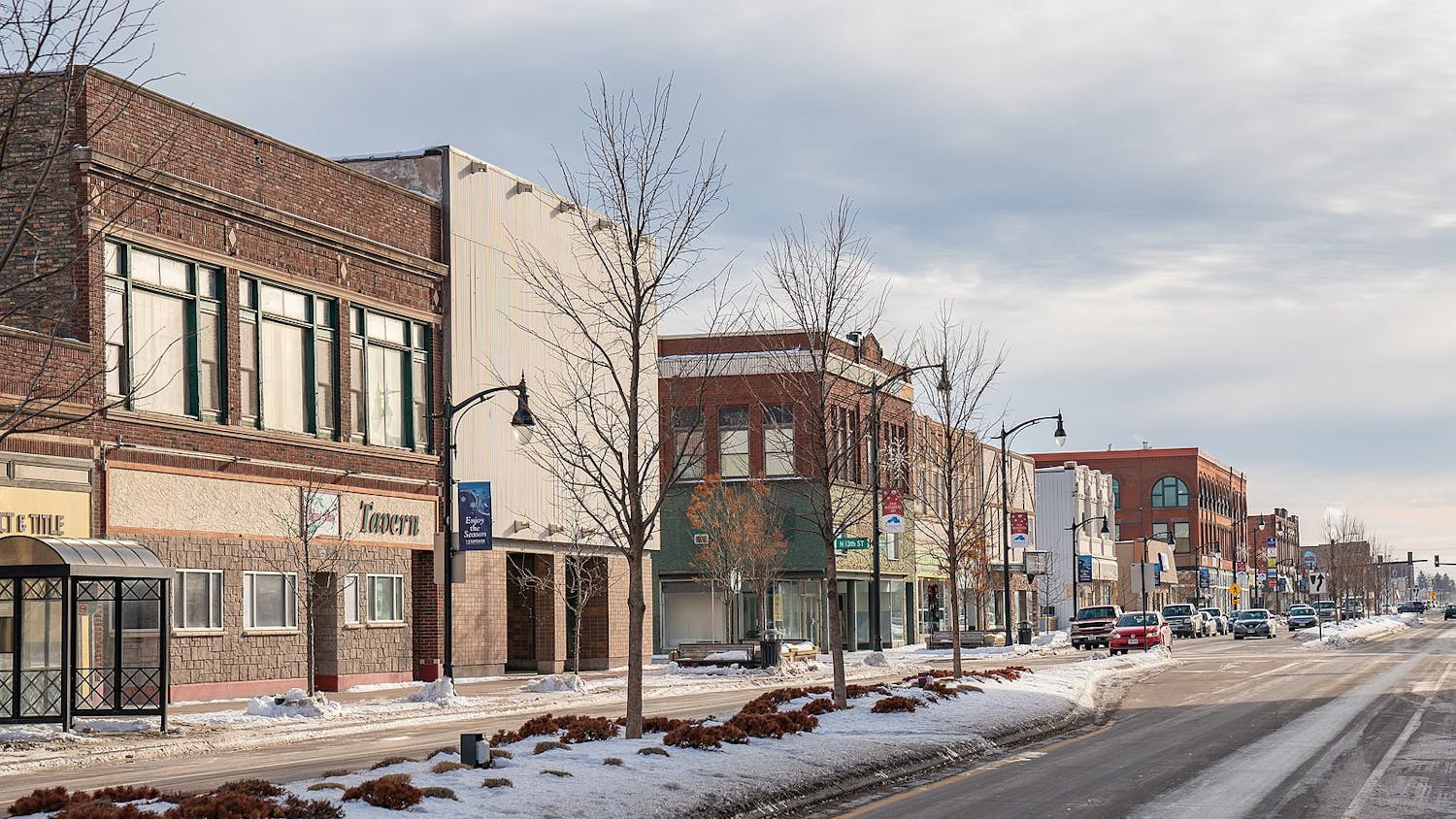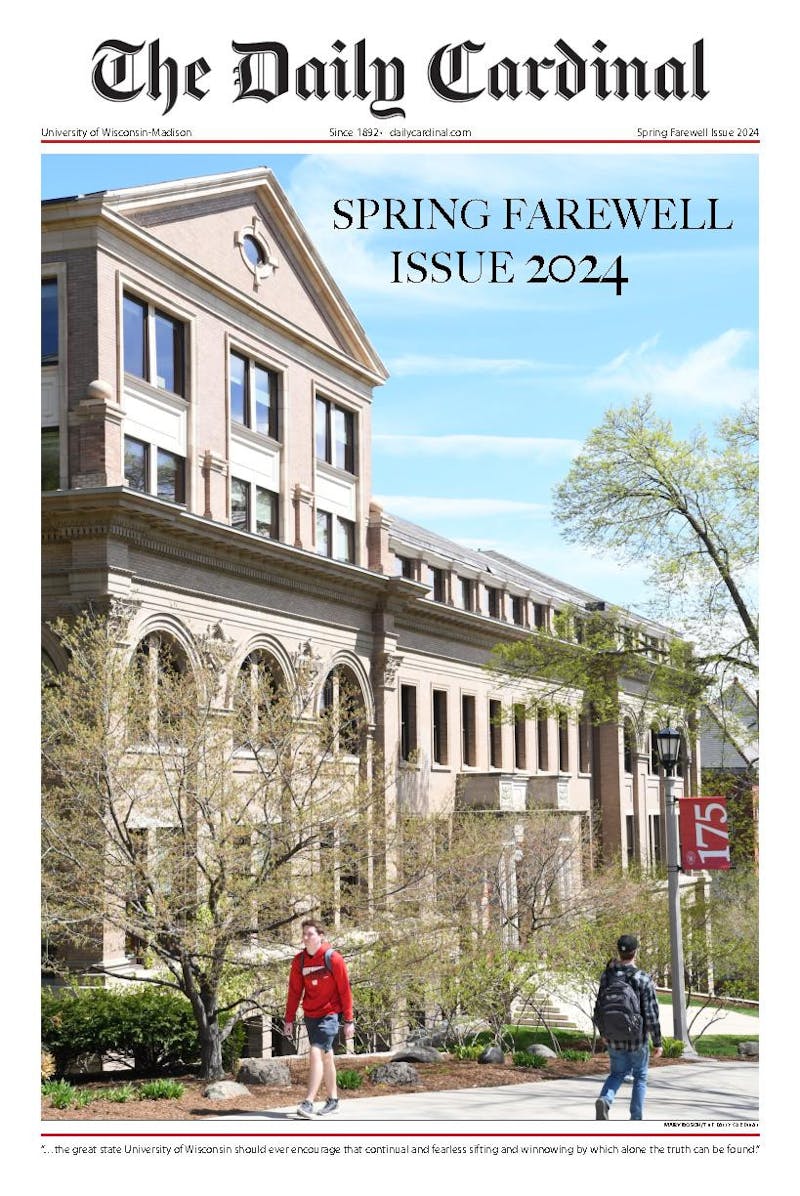Madison’s reputation as a party campus filled with hard-drinking students has long served as a draw for incoming freshmen, and such was the case for now-senior Carter Kofman.
However, following UW-Madison’s ranking as the top party school in the nation by the Princeton Review, discrepancies appeared between responses from university officials and many students on campus.
The university quickly issued a statement criticizing the “high-risk alcohol” use on campus by calling it “a pressing public health concern,” while many students celebrated the school’s crowning rank on social media.
“I think it's a thrill,” Kofman said. “I could party here—all the time. That's why I chose it, it's exciting. Turns out, I wasn't the right person to be here. I'm not the best fit for this environment because it just enabled me. But it was exciting.”
Kofman took time off from school during his sophomore year to refocus his life and seek recovery.
He returned to school in January 2015 and quickly became involved with Live Free, a registered student organization that focuses on student wellness and recovery.
“[Live Free] is an additional resource, or the resource, that mitigates a student having to choose between continuing their education and their recovery,” said Cody Fearing, UW-Madison senior and Live Free’s community outreach coordinator. “For me, I had to drop out to get sober. I don't want students to have to choose between education and recovery.”
While excessive drinking can adversely affect a student’s own physical or mental health, academics, relationships or legal standing, the drinking culture of UW-Madison can also affect students who choose to abstain from drinking or who choose to drink at low volumes.
‘Abstinence hostile’
Fearing described the campus environment as “abstinence hostile,” a term that co-Chair of Live Free, Sophia Hill, agreed with.
“[Drinking is] impacting everyone, regardless of whether you're in recovery or not,” Hill said.
University Health Services Alcohol and Other Drugs Prevention Coordinator Reonda Washington said that although roughly 50 percent of all UW-Madison students are categorized as “high-risk drinkers,” around 60 to 70 percent of students of color or international students at UW-Madison either do not drink or are low-risk drinkers, as reported from AlcoholEDU findings. High-risk drinking is categorized as five or more drinks in one sitting for men, or four or more drinks in one sitting for women.
The Color of Drinking was a study administered to undergraduate students of color at UW-Madison to determine how the university’s drinking culture affected these students’ experiences.
The survey, with 490 respondents, began in fall 2014, and was completed in spring 2015, though the results are still being analyzed and the survey is going to be readministered to the entire student population this spring.
The results show the campus’ drinking culture has negative effects even on communities who have significantly lower rates of alcohol use.
About 65 percent of participants said UW-Madison’s drinking culture has impacted their overall experience at the university. Forty-eight percent of students reported experiencing microaggressions from UW-Madison students who were intoxicated and 40 percent avoid specific areas of campus due to drinking culture. Of the students who said they avoided specific areas of campus, 52.7 percent said they avoided Langdon Street, while 32.3 percent said they avoided State Street.
Washington also helped examine social media posts from #TheRealUW, a social media movement last spring that aimed to highlight UW-Madison’s campus climate for students of color.
Many of the movement's social media posts displayed the overt instances of microaggressions and instances hate or bias students of color experienced on campus.
One out of five of the posts with the hashtag published on YikYak, Twitter or Facebook involved alcohol, usually being consumed by the aggressor, Washington found.
While UHS will attempt to address and change UW-Madison’s relationship with alcohol, Live Free is also planning on expanding the resources they provide to students during the upcoming academic year.
Living free
UW-Madison senior and Live Free Event Coordinator Megan Dix said she wants to teach students how to live well in holistic terms and not use substances to cope with stressors. She is planning wellness initiatives throughout the school year.
“A lot of people will go to alcohol or substances for a coping mechanism, whether that be stress from school, stress from family, stress from financial issues,” Dix said. “One thing I'm trying to do is to reroute that way of coping with something healthy.”
To show people what overall wellness feels like, Dix said she is hoping to partner with UHS to have events for different areas of wellness.
In addition to a partnership with UHS, Fearing wants to expand beyond the UW-Madison campus.
“We envision a collegiate and secondary education mentorship program, possibly giving the ability of high school students to attend all recovery meetings or to attend a wellness initiative,” they said. “Definitely expanding beyond just the university's campus.”
Last Friday, Live Free hosted around a dozen students from Horizon High School, a Madison-area recovery school. Fearing is helping make plans for the students to visit the Live Free space again.
Live Free also hosts two weekly meetings that anyone is welcome to, according to Fearing. The meetings are not 12-step or faith-based, and Fearing described the meetings as a way to “just [be] all of who you are.”
They said the meetings focus on the “intersections of being a student and being in recovery or seeking recovery.”
Every Wednesday at 6 p.m. is a friends and family meeting, and every Thursday the all-recovery meeting is at 6 p.m. Both meetings are housed in Live Free’s new space in the Student Activity Center, in suite 4430.
A recovery space
This fall is the first time that Live Free will have a consistent space to host their weekly all-recovery meetings. This is due in part to a Student Services Finance Committee grant that has provided funding for their space in the SAC and five paid student staff members.
Having a space on campus that is welcoming to students in recovery is vital to their ability to stay at the university and focus on their education, according to Fearing
“All of the research that has come out on collegiate recovery programs says, of the top three things, space is there,” Fearing said. “It's absolutely crucial to have a secure space.”
Since the group's founding in 2014, they have been forced to regularly change where the meetings have been held because they did not have a set office space.
The locations have varied throughout the past two years, including Pres House, Memorial Union, St. Paul’s University Catholic Center and Aaron’s House, which is a recovery house in Madison where Kofman and Fearing currently live.
UW-Madison junior Pei Hsien Lee, Live Free’s public relations director, said the near-constant transitioning between locations has hurt Live Free’s visibility and their ability to be present for students when they mean to create a community.
“Live Free just brings them together on this road to recovery, building on each other's strengths and supporting each other,” Lee said. “This space allows them to feel like it's fine to not be OK all the time. It's fine to just want some time to heal, to grow on your own or with other people. We'll do whatever it takes for them to recover.”
Fearing, who has been involved with Live Free virtually since the organization began, said that while the process to acquire a secure space for students was been long and taxing, it is critical to foster collective resilience within the recovery community on campus.
“It's cool to have this here as a home for people to come to, finally.”

